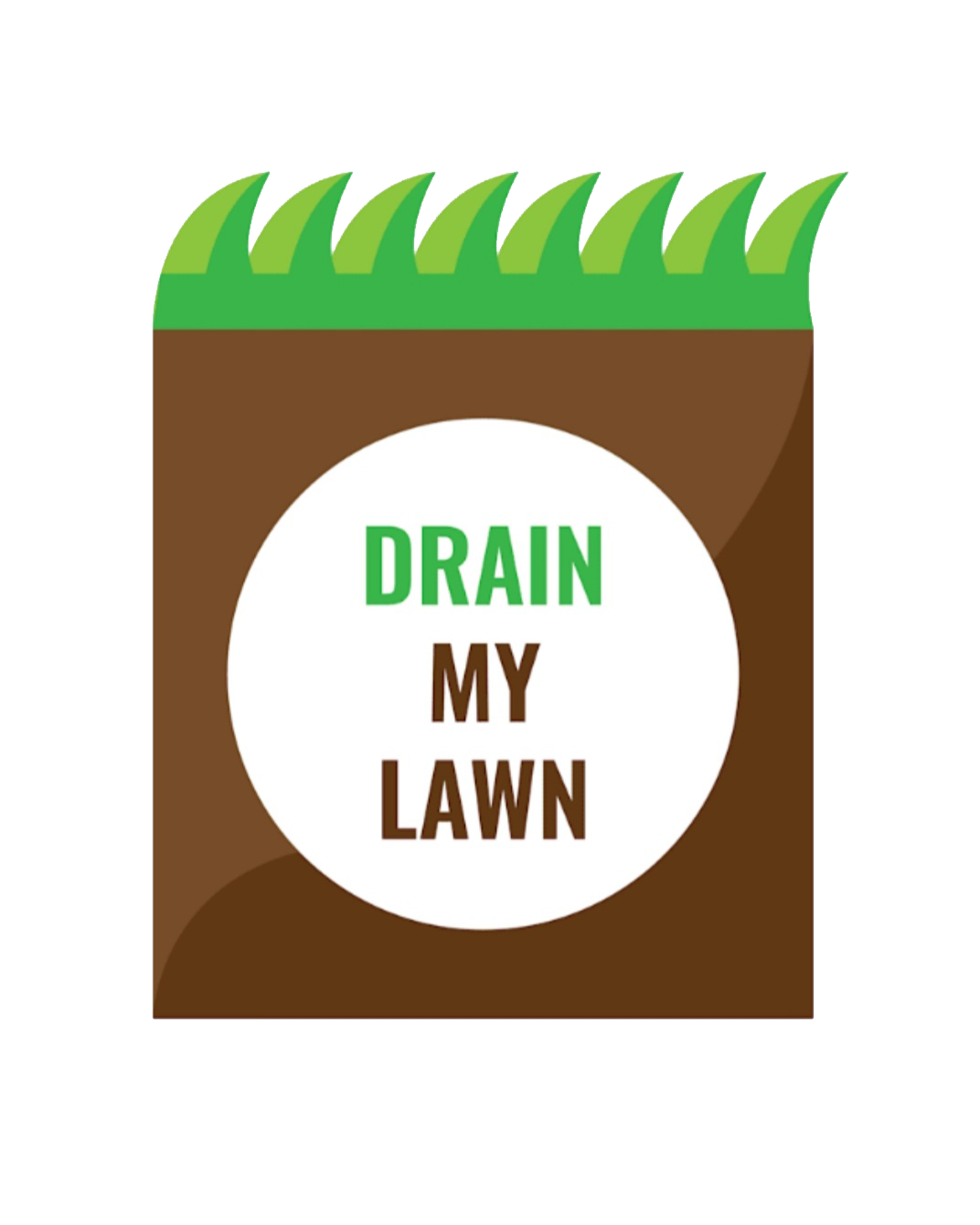Why We Don’t Recommend Using PVC for Drain Systems
Hey everybody, I'm Nick with Drain My Lawn, and today we're going to talk about why we don’t recommend using PVC for drain systems. So, let's dive right in.
PVC: Strong but Brittle
We often get requests for PVC, particularly Schedule 40, which is the heavy-duty stuff. It’s very strong and resistant to crushing, with a smooth interior that allows for excellent water flow. However, the biggest issue with PVC is its brittle nature. Over time, as the ground settles and shifts, PVC can develop pressure points that lead to cracks.
The Problem with Cracks
When PVC cracks, it doesn’t bend or conform to the surroundings; it simply breaks. This is especially problematic at the joints. Once there's a crack, it provides an entry point for roots, which can infiltrate and damage the entire system. Unlike other materials, you can’t easily isolate these cracks, making it challenging to prevent root intrusion throughout the pipe.
Double Wall Corrugated Pipe: Our Preferred Choice
Instead, we prefer using double wall corrugated pipe, like N12. This pipe has a smooth interior, almost as smooth as PVC, but with a corrugated exterior that provides rigidity while being lightweight. The bell end of this pipe comes with a gasket that, when combined with a lubricant, creates a waterproof seal. This flexibility is crucial for long runs, allowing the pipe to bend and adapt to ground movements without cracking.
Single Wall Corrugated Pipe: An Alternative Option
Another option is the single wall corrugated pipe, which is commonly used but often criticized. Despite its reputation, it performs well if installed correctly. By digging a wide trench and packing it properly, you can ensure it doesn’t fail due to crushing. Its main drawback is that debris can settle in the ribs on the inside, potentially leading to clogs over time.
Demonstrating the Gasket
Here’s a look at the gasket we use. This one is from Fratco and fits into the bell end of the double wall pipe, creating a solid seal. The double wall pipe comes in 20-foot sections and offers some flexibility, allowing it to navigate around obstacles without the need for additional fittings.
Conclusion
Thanks for sticking with us to the end of this video. If you have any questions or topics you’d like us to cover, let us know in the comments. If you're in the Charlotte area and have a drainage project you'd like us to look at, visit us at www.drainmylawn.com. You can set up an appointment, and we'll see how we can help you out.
Thanks again!

